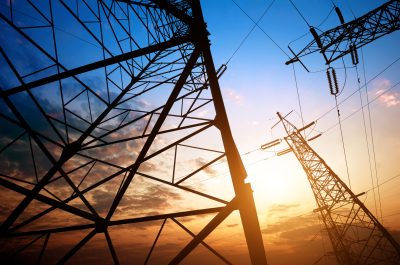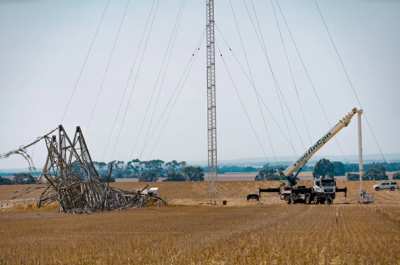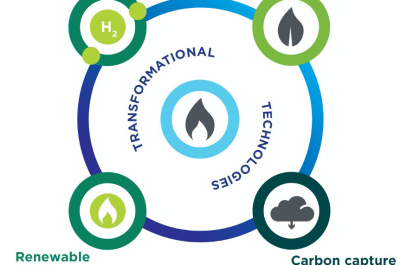Seeing Green in the Greensync sale
Last week we saw a continuation of the heavy mergers and acquisitions activity occurring within the energy industry, with the announcement that Intellihub (a smart metering company) purchased Greensync (a cloud-based DER management tool) for an undisclosed amount. Today we explore what these companies do, their history and related metering news.
Who they are and what they do
Intellihub is what is known as a metering services company. It sells, owns and operates smart meters in Australia and New Zealand. Some of its services include providing visibility of different types of loads/devices, monitoring of these assets and analytics to a variety of customers, including residential, commercial and utilities.
In 2021 a 50 per cent stake in the business was the focus of an intense bidding war which ultimately saw Canada’s Brookfield pay $1 billion for it, valuing the equity at $2 billion. The enterprise value is expected to be far greater at more than$3 billion.
Greensync is an energy tech company founded in 2010 by Dr Phil Blythe who currently serves as a non-executive director and policy adviser at the Energy security Board (ESB) leading its Distributed Energy Resources (DER) Integration work. The deX (decentralized energy exchange) software was originally born out of an ARENA A-Lab session looking at how large fleets of DER could be orchestrated. It garnered significant financial support from ARENA ($8.31m), the CEFC ($7.4m) and others to develop what is arguably its most valuable asset.
DeX is commonly used in the provision of the emergency backstop mechanism for solar inverters during minimum demand events[1] in Western Australia and South Australia. Due to this policy shift, many solar inverter OEMs (Original Equipment Manufacturers) without internal capabilities have been partnering with Greensync to help their products stay compliant.
Thoughts on the sale
Details are sparse on the exact terms and numbers of the acquisition however ARENA’s website states that the project cost to develop the deX tool was valued at $17.27m[2]. While this may not consider the value of other parts and services of Greensync as a whole, it does give us a ballpark if we assume the deX software and related intellectual property represented a significant part of Greensync’s enterprise value.
It is also difficult to unpick how much of the CEFC’s investment ($7.4m across two capital raisings[3]) might or might not be included in the development of the deX platform, not to mention other private investment which isn’t a matter of public record.
We turn then to why Intellihub would want to buy Greensync.
On one hand Intellihub is in the business of providing data from devices and loads but had (up till now) limited internal capability (as far as we knew) to coordinate or control them as a fleet. On the other hand, Greensync’s deX platform is designed to control and coordinate large numbers of disparate DER devices and loads but does not enable access to the data. In combination the high-level motivations of the deal start to make sense.
Greensync’s role in the delivery of the WA and SA emergency backstop mechanisms probably doesn’t hurt either as its existing partnerships with inverter OEMs (quoted at ~95% of market share) start to create beneficial network effects for the business (and its new owners), especially as the energy market as a whole evolves to new services and products.
What else is happening in the industry
On a related note, I would be remiss if I didn’t also mention the work that the Australian Energy Market Commission (AEMC) is doing to review the regulated framework for metering services[4]. This includes reviewing the outcomes of the 2017 Power of Choice reforms. To date, it notes there has a been a much lower than expected uptake of smart metering since those reforms were implemented and has been exploring the key issues and challenges that must be overcome to achieve a higher uptake outside of Victoria.
To conclude, it is clear the recent Greensync acquisition is just the tip of the iceberg as the energy transition continues to draw strong interest and activity from across the spectrum of institutional investors, new tech startups and incumbents.
[1] https://www.energynetworks.com.au/news/energy-insider/2022-energy-insider/new-rules-to-support-was-solar-love-affair/
[2] https://arena.gov.au/projects/decentralised-energy-exchange/
[3] https://www.cefc.com.au/where-we-invest/case-studies/greensync-and-the-smart-electricity-grid-of-tomorrow/
[4] https://www.aemc.gov.au/market-reviews-advice/review-regulatory-framework-metering-services



